Phase Two of the Eaton Centre, gazing south toward Queen Street at Christmas in 1994. Toronto Public Library, tspa 0015016.
In 1979, the second phase of the Eaton Centre opened, extending the mall from Albert Street south to Queen Street. It now stretched from Dundas Street in the north to Queen Street in the south. A glass-topped pedestrian bridge provided a link to Simpsons (now the Bay and Saks Fifth Avenue). At the south end of the Eaton Centre, suspended from the glass ceiling was the art installation, “Flight Stop,” by Michael Snow. It depicted a flock of Canada Geese on their migratory path, descending to the ground.
The Centre now contained not only Eaton’s, but over 200 stores and two office towers, one at 20 Queen Street and the other at 1 Dundas Street West. Another tower was built in 1991 at 250 Yonge Street. Under the 274-metre glass-covered shopping galleria, there were five levels of shops and restaurants, two above the concourse (ground) level and two beneath it.
In the 1970s, the Eaton Centre was connected to the Path, reputed to be the largest underground walkway/shopping mall in the world. Today it has twenty-nine kilometers of pathways, which rival the Edmonton Mall in size. It eventually connected shoppers and visitors from the Air Canada Centre in the south, to the Bus Terminal on Bay Street at the north end. The climate-controlled Path had great appeal due to the city’s harsh winters and hot humid summers.
On Tuesday, April 17, 1979, the Cineplex Odeon Eaton Centre opened in a 25,000 square-foot space in the basement level of the parking garage of the Eaton Centre. It contained 18 auditoriums, each containing 50 to 100 seats—about 1500 seats in total—the largest movie-theatre complex in the world at that time. The auditoriums were grouped into four sections, located on two different floors. A rear projection system was employed to screen the films, which caused the edges of the pictures to be slightly blurred. Few patrons seemed to notice, as the auditoriums were attractive and the seats comfortable. The aisles were on both sides of the auditoriums, which meant that no seats were jammed against the walls.
About 1995, the central court in the mall, in front of the Eaton store, was extended on its west side. It was where Albert Street had once been. This was made possible when The Salvation Army Headquarters building was purchased and demolished.
Further changes commenced in 1999 when additional shops were added to the exterior of the Centre’s Yonge Street facade. This was needed as Yonge Street, between Queen and Dundas Streets, had become somewhat lifeless and devoid of shoppers after the Eaton Centre opened. When completed, the shops on Yonge helped reanimate the street, although it never regained the glory of its past.
In 2001, the Cineplex Odeon Eaton Centre closed, because attendance had dwindled. It was demolished shortly thereafter.
On June 20, 2010, Cadillac Fairview commenced renovating the Eaton Centre at a cost of $120 million. It required two years to complete. The north food court was rejuvenated and a new restaurant added, “Open Kitchens by Richtree.”
Today, the Eaton Centre continues to be a prime tourist attraction and a magnet for shoppers in the city’s downtown core.
Sources: thecanadianencyclopedia.ca/en/article/eaton-centre and torontoist.com/2017/02/historicist-opening-the-eaton-centre and
blogto.com/city/2010/12/the_origins_of_the_eaton_centre/
Model of the completed Eaton Centre, showing phases one and two. Photo of the model, taken in 1975, gazes south from Dundas Street.
Final sales at Eaton’s old Queen Street store in 1977, as Phase Two containing the new Eaton’s Store was set to open. Toronto Public Library tspa 0110133.
The south facade on Queen Street of the Eaton’s store on April 5, 1977. Signs in the windows advertise the final sales before the store closed for demolition. Toronto Archives, F 1526, fl 0085, item 9.
Looking west on Queen Street from Yonge Street in 1978 at the construction of the bridge connecting Phase Two to the Simpsons Store. Toronto Public Library tspa 019985
View gazing west on Queen Street on September 25, 1978 of the glass-covered bridge that connected the Eaton Centre to Simpsons (now the Bay and Saks Fifth Avenue). The south facade of the Centre, which is under construction in the photo, is visible in the background. Toronto Archives, F1526, Fl0090, item 0014.
Gazing north on Yonge Street (c. 1978) as Phase Two of the Eaton Centre progresses. This is the section where the old Eaton’s store had been located at Queen and Yonge. Toronto Archives, Series 8, File 0008, id 0014.
Opening day in 1979 of Phase Two of the Eaton Centre. Premier Bill Davis is on the left, John Craig Eaton in the middle, and on the right Allan Lawrence, Federal Minister of Consumer and Corporate Affairs. In the background is the art installation “Flight Stop” by Michael Snow, which depicts Canada Geese descending for a landing.
Close-up view of “Flight Stop” by Michael Snow.
Southwest corner of Yonge and Dundas in 1987, the north entrance of the Eaton Centre visible, Toronto Public Library tspa 0018592.
Eaton Centre, Christmas 2011.
Christmas 2012.
Phase Two of the Eaton Centre at Christmas in 2012. View looks south to Queen Street.
Christmas at the Eaton Centre in 2017.
Eaton Centre in December 2017, looking north to Nordstrom’s, where Eaton’s was once located.
The bridge that links The Bay and Saks Fifth Avenue to the Eaton Centre. The bridge was opened in 2017 to replace the one erected in the 1970s.
For a link to Phase One of the Eaton Centre:
https://tayloronhistory.com/2018/01/19/torontos-eaton-centre-phase-one-history/
To view the Home Page for this blog: https://tayloronhistory.com/
For more information about the topics explored on this blog:
https://tayloronhistory.com/2016/03/02/tayloronhistory-comcheck-it-out/
Books by the Blog’s Author
“ Lost Toronto”—employing detailed archival photographs, this recaptures the city’s lost theatres, sporting venues, bars, restaurants and shops. This richly illustrated book brings some of Toronto’s most remarkable buildings and much-loved venues back to life. From the loss of John Strachan’s Bishop’s Palace in 1890 to the scrapping of the S. S. Cayuga in 1960 and the closure of the HMV Superstore in 2017, these pages cover more than 150 years of the city’s built heritage to reveal a Toronto that once was.
“Toronto’s Theatres and the Golden Age of the Silver Screen,” explores 50 of Toronto’s old theatres and contains over 80 archival photographs of the facades, marquees and interiors of the theatres. It relates anecdotes and stories by the author and others who experienced these grand old movie houses. To place an order for this book, published by History Press:
Book also available in most book stores such as Chapter/Indigo, the Bell Lightbox and AGO Book Shop. It can also be ordered by phoning University of Toronto Press, Distribution: 416-667-7791 (ISBN 978.1.62619.450.2)
“Toronto’s Movie Theatres of Yesteryear—Brought Back to Thrill You Again” explores 81 theatres. It contains over 125 archival photographs, with interesting anecdotes about these grand old theatres and their fascinating histories. Note: an article on this book was published in Toronto Life Magazine, October 2016 issue.
For a link to the article published by |Toronto Life Magazine: torontolife.com/…/photos-old-cinemas-doug–taylor–toronto-local-movie-theatres-of-y…
The book is available at local book stores throughout Toronto or for a link to order this book: https://www.dundurn.com/books/Torontos-Local-Movie-Theatres-Yesteryear
“Toronto Then and Now,” published by Pavilion Press (London, England) explores 75 of the city’s heritage sites. It contains archival and modern photos that allow readers to compare scenes and discover how they have changed over the decades. Note: a review of this book was published in Spacing Magazine, October 2016. For a link to this review:
spacing.ca/toronto/2016/09/02/reading-list-toronto-then-and-now/
For further information on ordering this book, follow the link to Amazon.com here or contact the publisher directly by the link below:
http://www.ipgbook.com/toronto–then-and-now—products-9781910904077.php?page_id=21
![Xmas 1994 tspa_0015016f[1] Xmas 1994 tspa_0015016f[1]](https://tayloronhistory.com/wp-content/uploads/2018/01/xmas-1994-tspa_0015016f1_thumb.jpg)
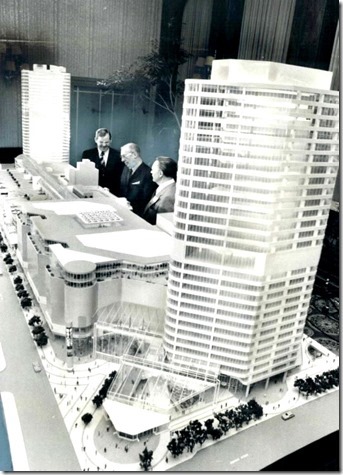
![closing of Eaton's old store, 1977. tspa_0110033f[1] closing of Eaton's old store, 1977. tspa_0110033f[1]](https://tayloronhistory.com/wp-content/uploads/2018/01/closing-of-eatons-old-store-1977-tspa_0110033f1_thumb.jpg)

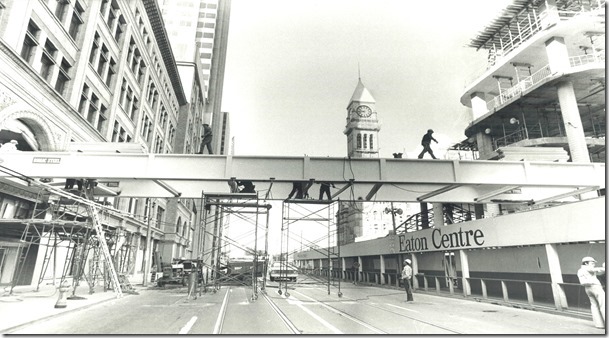

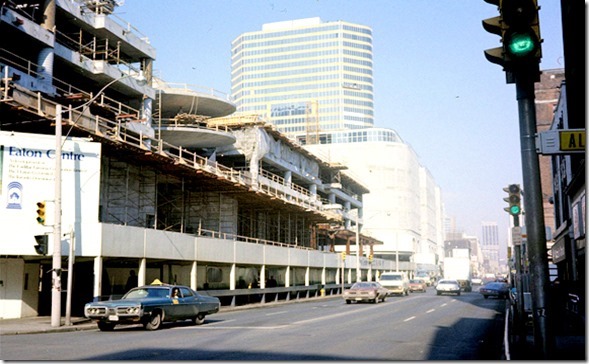
![1979-when-860-ft.-Galleria-complete-[1] 1979-when-860-ft.-Galleria-complete-[1]](https://tayloronhistory.com/wp-content/uploads/2018/01/1979-when-860-ft-galleria-complete-1_thumb.jpg)
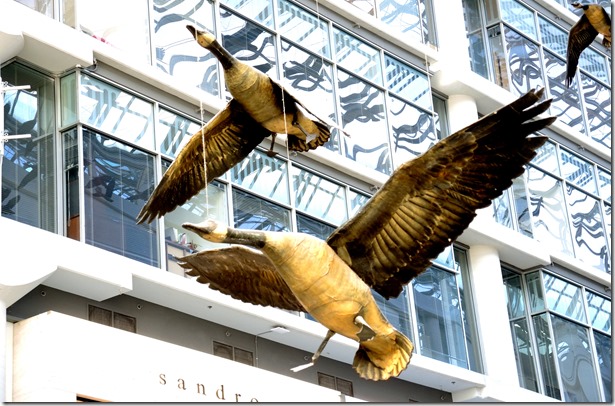
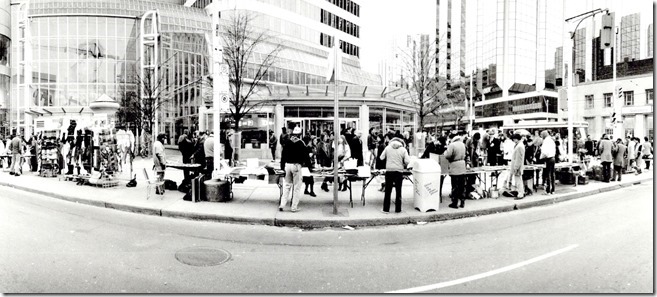
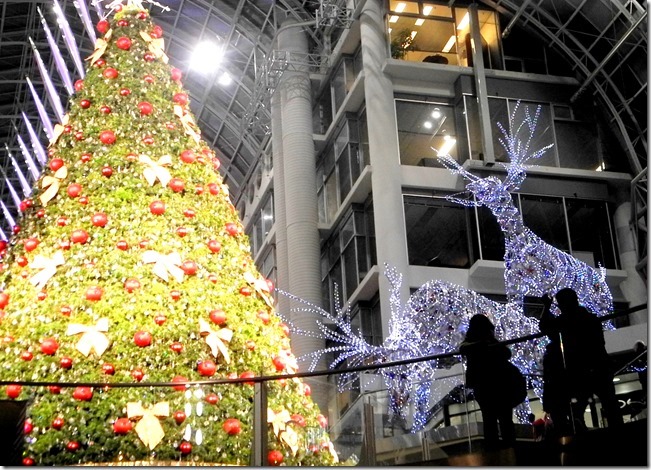
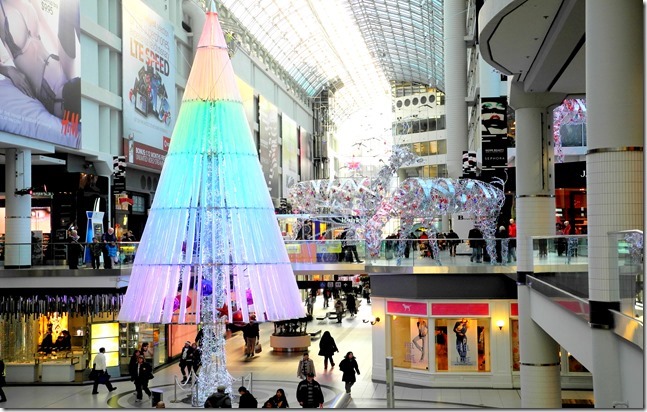
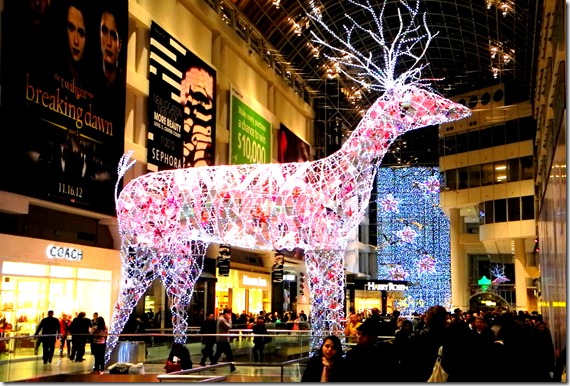
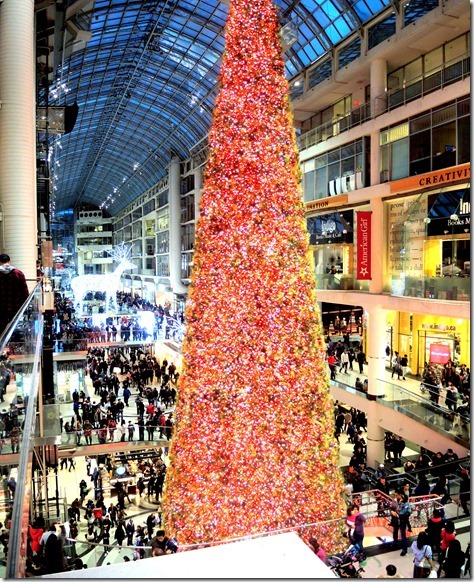

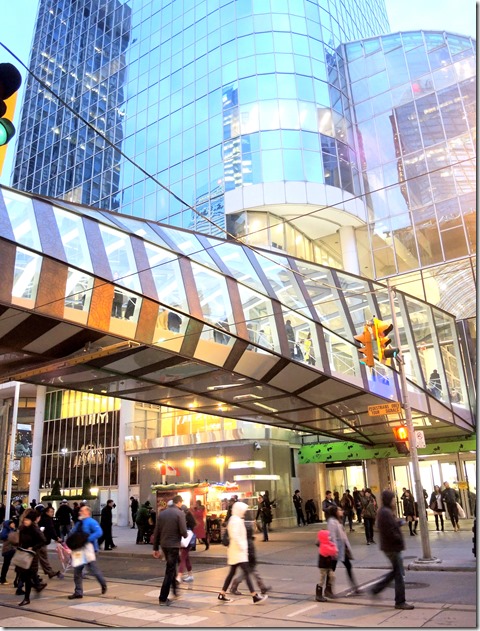
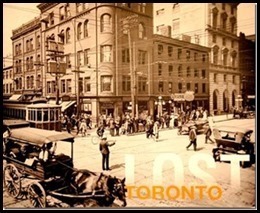
![cid_E474E4F9-11FC-42C9-AAAD-1B66D852[1] cid_E474E4F9-11FC-42C9-AAAD-1B66D852[1]](https://tayloronhistory.com/wp-content/uploads/2018/01/cid_e474e4f9-11fc-42c9-aaad-1b66d8521_thumb.jpg)
![image_thumb6_thumb_thumb_thumb_thumb[1] image_thumb6_thumb_thumb_thumb_thumb[1]](https://tayloronhistory.com/wp-content/uploads/2018/01/image_thumb6_thumb_thumb_thumb_thumb1_thumb3.png)


